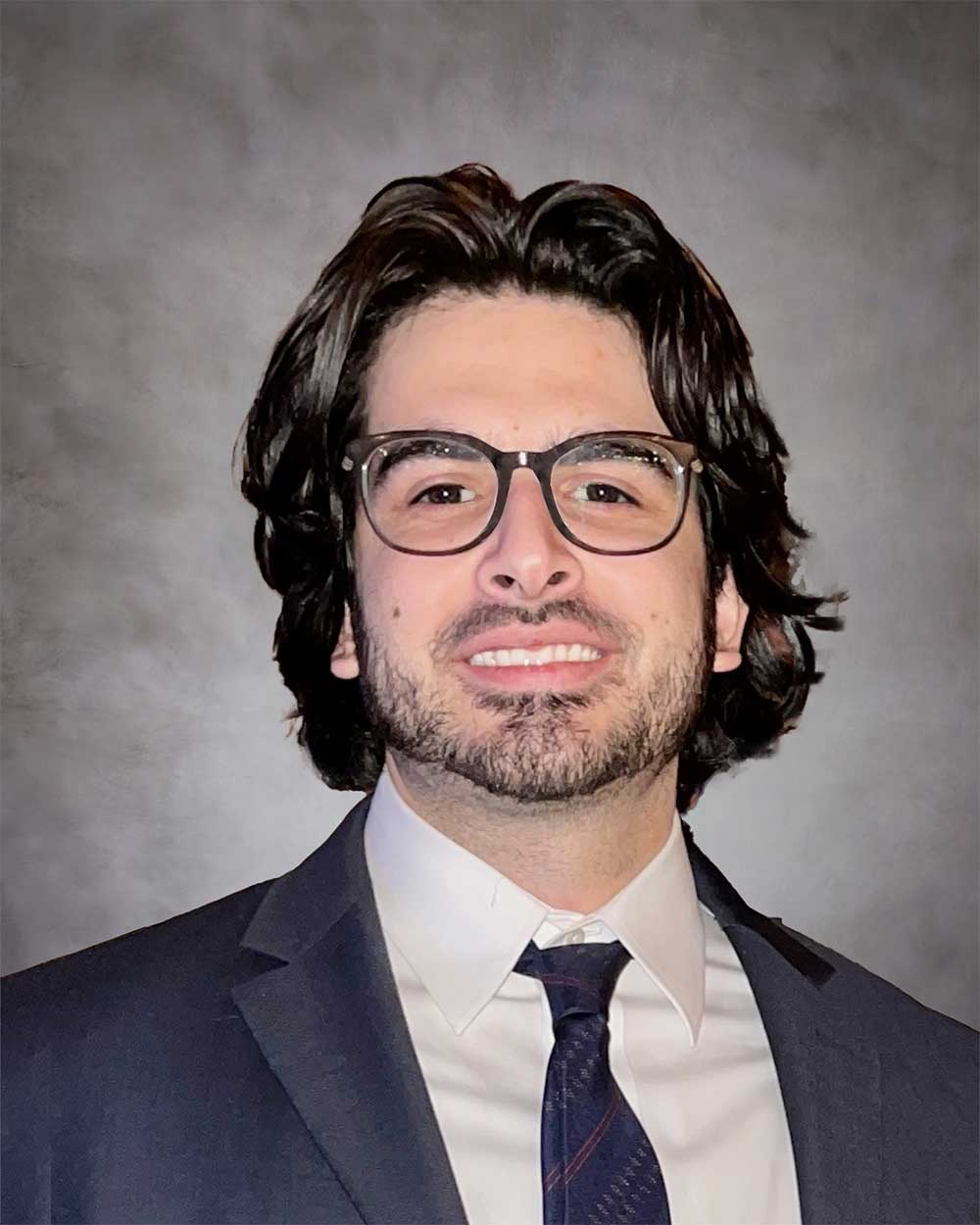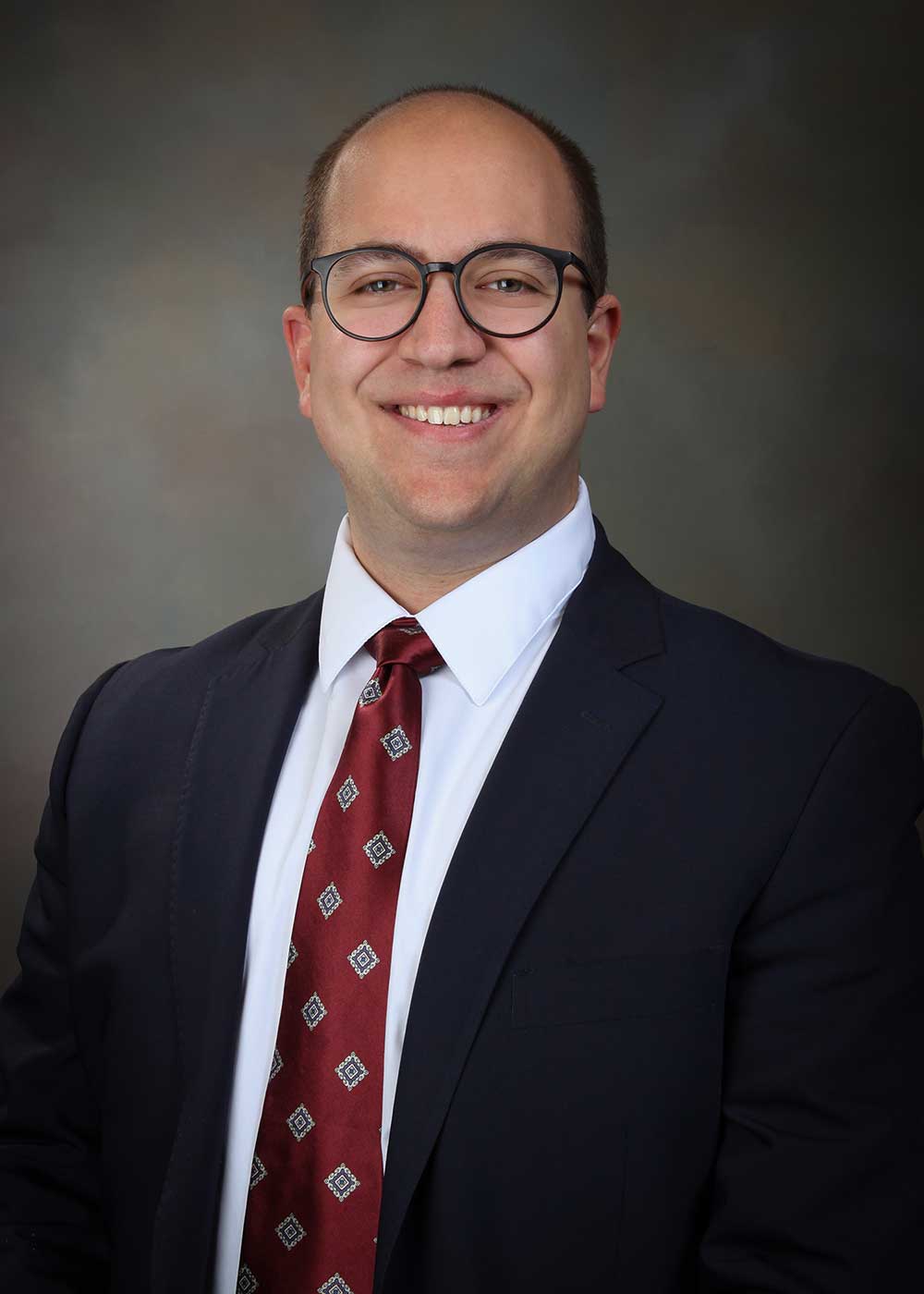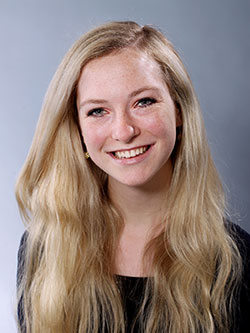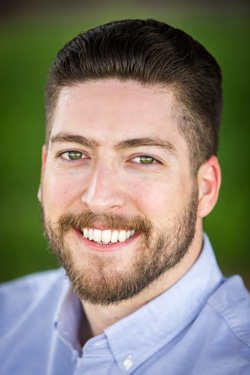Sandia National Laboratories established the prestigious President Harry S. Truman Postdoctoral Fellowship in National Security Science and Engineering in 2004. This highly competitive three-year fellowship aims to attract exceptional new Ph.D. scientists and engineers from across the nation.
Named after President Truman, who entrusted Sandia with the vital task of providing exceptional service in the national interest in 1949, this fellowship embodies the spirit of excellence that continues to drive Sandia today.
Truman Fellows are given the opportunity to conduct groundbreaking, independent research that directly supports Sandia’s national-security mission. They have the freedom to choose their own research topics and benefit from access to state-of-the-art facilities at Sandia’s principal locations in New Mexico and California. Collaborating with some of the nation’s most accomplished scientists and engineers, Truman Fellows gain invaluable expertise and contribute to cutting-edge advancements in their respective fields.
To ensure a fruitful and enriching experience, each Fellow is assigned a mentor from Sandia’s technical staff who possesses relevant experience and shares an interest in the Fellow’s proposed research area. This emphasis on research mentoring allows Fellows to seamlessly integrate into Sandia’s R&D teams, fostering a collaborative environment that nurtures their early career development.
Benefits
Sandia’s competitive wage and benefits package includes an annual salary of $123,300 ($139,600 CA) ; flexible work arrangements; 13 paid holidays; three weeks of vacation; health, vision, and dental insurance; and a 401(k) savings plan with company match.
The fellowship includes full salary and benefits for three years plus a yearly plus an annual budget of up to $100K which can be used for research equipment, additional personnel, and travel.
Application procedure
The Truman Fellowship is a three-year appointment that typically begins on October 1. The application deadline for October 2025 is 5 PM Mountain Time, September 12, 2024. Applicants for the Truman Fellowship are encouraged to apply for other positions at Sandia.
- Read the Truman Fellowship application guidelines, and submit the required documentation, as described in the guidelines.
- Search “Truman Fellowship” on Sandia’s Careers portal.
- Click “Apply Now,” and follow the instructions to upload your application, including resume and required documentation as described in the guidelines.
- Contact TrumanFellowship@sandia.gov with any questions.
Fellowship Experiences
Matthew Barry, 2023 Truman Fellow
Multiscale materials modeling with machine learning

Matthew is spending his fellowship developing a machine-learning framework for multiscale modeling of atomic systems. This framework will enable development of reduced-order material structure-property relationships that can be used to speed up expensive physics simulations or even bypass them completely. Matthew plans to deploy this framework to design and discover novel multifunctional materials for next-generation national energy and defense missions.
“Part of this project is building on some of the tools I developed during my Ph.D. The team and I here at Sandia are working to improve and expand the capabilities of these tools and apply them to study specific materials,” Matthew said.
Matthew is no stranger to fellowships. Prior to joining Sandia, he was a fellow through the National Science Foundation: Integrative Graduate Education and Research Traineeship, as well as a NASA Space Technology Research Fellow.
“Being able to participate in fellowships prior to coming to Sandia has given me invaluable experience and the freedom to explore interesting research topics. I am excited to have the opportunity to continue exploring such interesting research and to apply that research to Sandia’s missions,” Matthew said. Matthew received his master’s in mathematics from the Georgia Institute of Technology in 2022 and a doctorate in mechanical engineering from Georgia Tech in 2023.
Jonathan Paras, 2023 Truman Fellow
Revolutionizing metal manufacturing

Jonathan became fascinated with metals when he joined his high school robotics team.
“I remember working on these little robotic-type mechanisms and being more interested in the metal that we made the robots out of than the mechanical design of the machines themselves. Why could I bend the aluminum alloys with my hands? Why was steel so much heavier?” Jonathan said.
His curiosity about metal alloy properties inspired him to write his undergraduate college applications about wanting to study materials science, with a focus on the subfield of metallurgy.
Jonathan attended Massachusetts Institute of Technology, where he completed his bachelor’s and doctoral degrees in the department of materials science and engineering. His dissertation focused on the thermodynamic behavior of electrons around the melting point in pure metals and their alloys.
But he has bigger plans than focusing on pure scientific research.
“My goal is to work on conventional manufacturing. And, when I say conventional, I don’t mean boring or old, but the kind of work that used to occur at Sandia’s Melt-Lab,” Jonathan said.
Part of Jonathan’s research is to look at the fundamental thermodynamic behavior of metal alloys at high temperature to better predict how they respond under extreme conditions, which can emerge during certain manufacturing processes. Jonathan’s goal is to design new processes to manufacture metal alloys that Sandia previously could not.
The metallurgical research that took place during the Manhattan Project is what initially drew Jonathan to Sandia.
“When it was time to consider a postdoc position, I began reading about the history of nuclear deterrence work in the United States. I was interested in all the fathers of high-temperature metallurgical research, like Leo Brewer and Cyril Stanley-Smith, who worked on the Manhattan Project,” Jonathan said. “There was this interesting confluence of people who worked on aspects of the Manhattan Project that were either associated with nuclear programs or affiliated with Sandia.”
Jonathan is the grandson of immigrants hailing from the Pindus Mountains in Epirus, Greece. His grandfather, Christos G. Pappas, came through Ellis Island in 1951 and settled with his family in Philadelphia, where Jonathan grew up.
Sandia’s postdoctoral fellows are integral to the success of the Labs, as they bring fresh and innovative perspectives to critical mission areas and new approaches to projects. These four accomplished individuals contribute to Sandia’s mission by promoting scientific excellence and sustaining a thriving research environment. https://www.sandia.gov/labnews/2024/05/02/exceptional-mission-work-achieved-through-sandia-postdoc-program/
Alicia Magann, 2022 Truman Fellow

To help speed the emergence of quantum computers as important research tools, Alicia Magann is working to create a “quantum information science toolkit.” These modeling and simulation algorithms should enable quantum researchers to “hit the ground running with meaningful science” as quantum computing hardware improves, she says. Her focus will extend aspects of her doctoral research at Princeton University to help explore the possibilities of quantum control in the era of quantum computing. At Sandia, she will be working with Sandia’s quantum computer science department to develop algorithms for quantum computers that can be used to study the control of molecular systems.
Gabriel Shipley, 2022 Truman Fellow

Gabriel Shipley, who broadened the use of a small pulsed power machine called Mykonos in a past internship, plans to investigate the origins and evolution of 3D instabilities in pulsed-power-driven implosions at Sandia National Laboratories’ powerful Z machine during his Truman fellowship. Instabilities have been recognized since at least the 1950s as weakening pinch effectiveness. They currently limit the extent of compression and confinement achievable in the fusion fuel. Mitigating their effect would be a major achievement for everyone at Z and a major improvement for every researcher using those facilities.
Learn more about the 2022 Truman Fellows.
All qualified applicants will receive consideration for employment without regard to race, color, religion, sex, sexual orientation, gender identity, national origin, age, disability, or veteran status and any other protected class under state or federal law.
Sandia invites you to review the Equal Employment Opportunity posters which include EEO is the Law, EEO is the Law Poster Supplement, and Pay Transparency Nondiscrimination Provision.
Sandia is a drug-free workplace. As a national laboratory funded by a U.S. government agency, we are subject to federal laws regarding illegal drug use. Illegal use of a controlled substance, including marijuana even in places where it does not violate state law, may impact your ability to obtain and/or maintain a Department of Energy security clearance, and may result in the withdrawal of an employment offer or termination of employment.